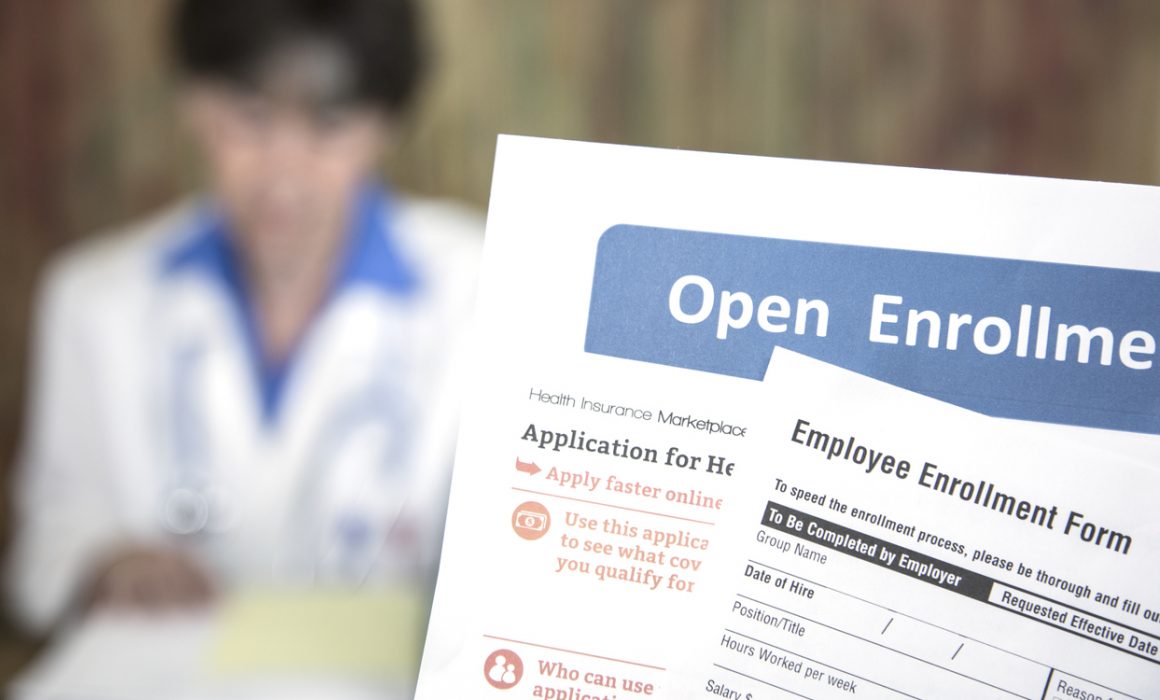Get Communications Right for Open Enrollment
As group health plan open enrollment looms for most companies, communicating your offerings to your staff is key to getting as many of them as possible to sign up for coverage.
That requires a solid strategy aimed at helping your employees understand their choices and the financial implications of them. Most importantly, you want to reach those employees who didn’t sign up last year and stress the importance of health insurance.
To achieve maximum participation, your communications in the run-up to open enrollment are crucial both in terms of how and what you are messaging. A robust strategy includes:
Simple messaging
Simplify the process of deciding which health plan to choose in a series of snappy messages that are easy to understand. One of the best ways to get the point across is by using vivid examples, preferably with graphics.
Explain the basics — Focus on your employees’ costs and coverage considerations:
- Their share of premium,
- Their deductible, copay or coinsurance,
- If their doctor is in the plan’s network,
- If there are any drugs they need for any ongoing health issues.
Help them with the math — Many people have trouble grasping the math. They may look at a low premium without considering the cost on the back end in terms of a higher deductible and/or other out-of-pocket expenses.
Break expenses down with different health care scenarios and the associated out-of-pocket costs based on the plan they have.
Explain coverage for big-ticket items— This includes costs associated with things like a knee replacement or cancer treatment. Humanize the examples by creating a persona and how their health plan covered treatment.
Use creative materials — Provide vivid documentation that includes a lot of bullet points and quick, punchy messages.
Use sidebars to cover important information they need to know, like an increase in deductibles or copays, or that a plan has overhauled its doctors’ network.
Dispensing sage advice
Help your employees by providing guidance on choosing the right plan:
- Provide clear and direct advice.
- If an employee is getting family coverage, it’s important they discuss possible choices with their spouse. You can assist by sending hard copies of the enrollment materials to their home.
- Provide tools for comparing plans to see what their costs would be under each option.
- Highlight wellness and virtual benefits, which are growing in popularity. Provide details on how to sign up and access these benefits.
Staggering your communications
Step up announcements to build interest by focusing on:
New or changing plans — Use these blasts to let them know about any new benefit programs you are offering or plans you may be discontinuing. You can point them to resources on how the benefits work and any demos. You can also announce changes to plan out-of-pocket costs or deductibles ,or if a plan has beefed up coverage.
Timely communications — These should include reminders about open enrollment and checklists on what your employees should do before it starts.
Once open enrollments starts, you’ll need to send out messaging to get stragglers to act.
Popular programs — If you are adding a plan that your staff has requested, make sure to blast out a few announcements to the troops.
The takeaway
Communication is a key component of a successful open enrollment. You can follow the above advice to generate interest and to help your staff pick plans that are right for them.






